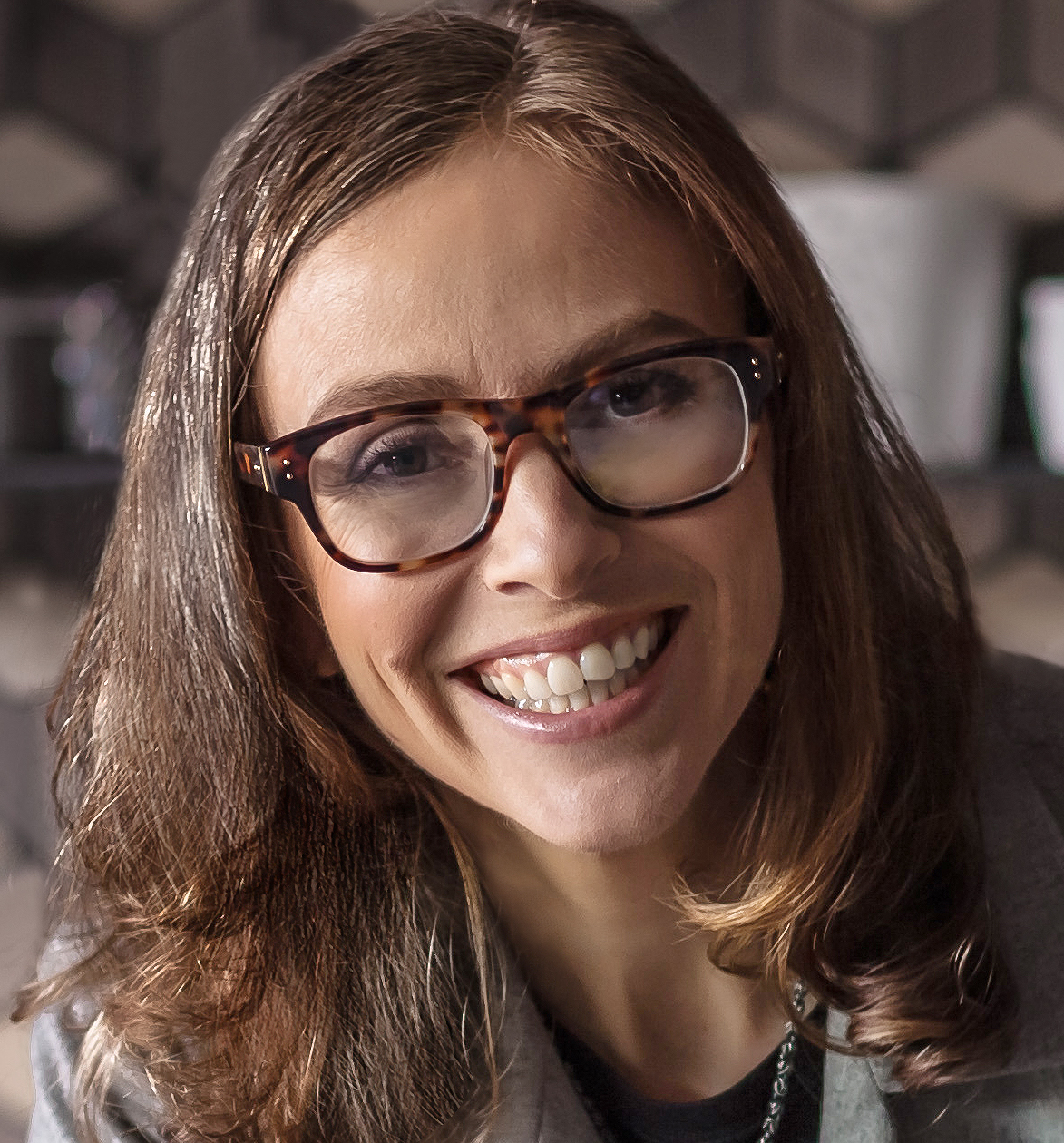
Vegetable Oil – The Silent Killer w/ Dr. Cate Shanahan #376
00:00 – Desert Farms
01:20 – Teeter
03:00 – Cool Fact of the Day
03:30 – Butcherbox
05:00 – Introducing Dr. Cate Shanahan
10:00 – Molecular Gastronomy
21:32 – Best Sources of Fresh Food
22:30 – Benefits of Organ Meat
23:43 – Fresh Liver vs. Powder Liver Capsules
26:43 – Anti-aging and Oxidated Fats
31:54 – Omega 3 & Omega 6 Fats
33:00 – High Oxidation Damage from Over Consumption of Fish Oil Capsules
34:42 – Soy and Canola Oils
36:06 – Canola Oil Only Approved for Human Consumption in 1985
36:36 – Vegetable Oils Change the Composition of Human Fat
37:30 – Vegetable Oil and Cellulite
40:10 – Why Elastin Is Important for Healthy Skin
44:09 – Sulfated Cholesterol
45:10 – UV Rays and Damaging Cell Oxidation
45:49 – Poor Diet Can Lead to Severe Sunburn
48:05 – High Vegetable Oil Diet & Brain Health Issues
50:32 – Vegetable Oil and Sexual Dysfunction
52:40 – What is more harmful? Fries or a Cigarette
54:20 – Vegetable Oil Creates Genotoxicity
57:57 – Vegetable Oil Consumption and Poor Executive Function
Featured
Subscribe To The Human Upgrade
In this Episode of The Human Upgrade™...
BOOKS
4X NEW YORK TIMES
BEST-SELLING SCIENCE AUTHOR
Smarter
Not Harder
Smarter Not Harder: The Biohacker’s Guide to Getting the Body and Mind You Want is about helping you to become the best version of yourself by embracing laziness while increasing your energy and optimizing your biology.








